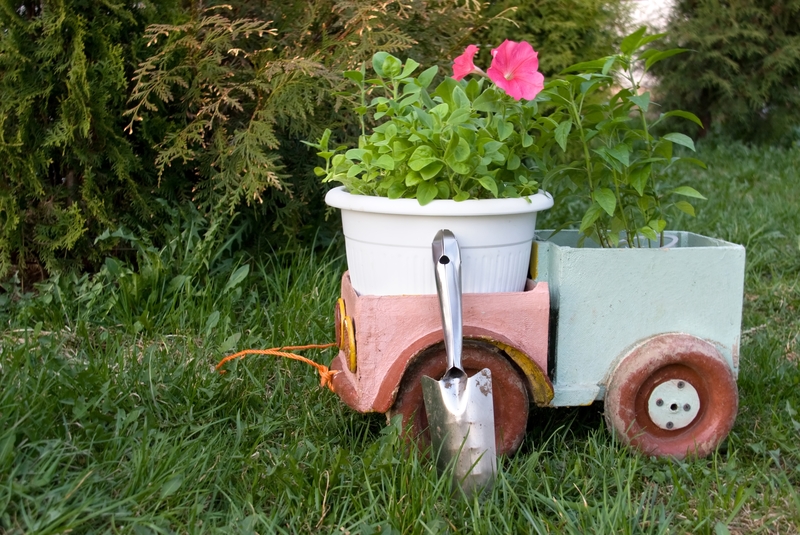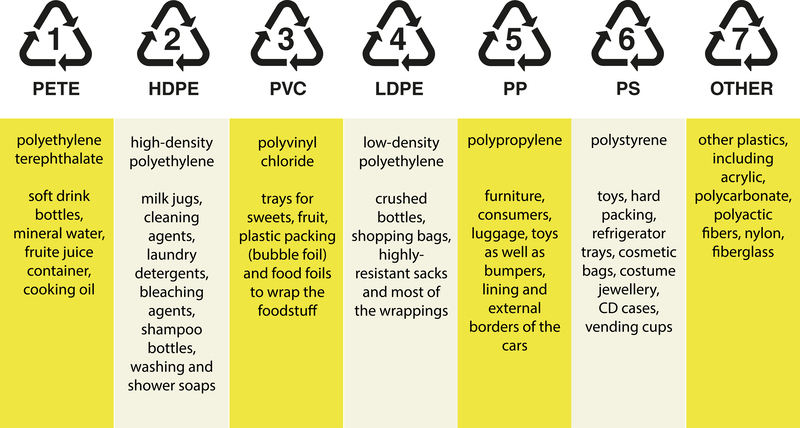Repurposing Your Used Garments
Posted on 23/02/2025
Repurposing used garments is not only an eco-friendly practice but also an excellent way to breathe new life into your old clothes. Instead of throwing away clothes that no longer fit or are out of style, you can transform them into something new and useful. This practice contributes to reducing waste, saving money, and promoting creativity.
The Benefits of Repurposing Used Garments
Repurposing your garments is not just about being frugal; it has significant environmental and social benefits.
Environmental Impact
The fashion industry is one of the largest polluters globally. Repurposing clothes can dramatically reduce the environmental footprint. By giving your clothes a second life, you minimize the need for new textiles, which often involve harmful production processes.
Cost Savings
Instead of spending money on new items, you can transform what you already have. This is particularly useful for families, as children's clothes can often be repurposed to fit growing kids.
Personal Style
Repurposing allows you to create unique pieces that reflect your personal style. You can tailor garments to fit better or update them to match current fashion trends.

Clever Ideas for Repurposing Your Used Clothes
Here are some creative ways to repurpose old garments:
Upcycling T-Shirts
- **Tote Bags:** Old t-shirts can be cut and sewn into sturdy and stylish tote bags.
- **Rugs:** Strips of old t-shirts can be woven or braided to create colorful, soft rugs.
Transforming Jeans
- **Shorts:** Turn old jeans into shorts by cutting them to the desired length and adding a stylish hem.
- **Bags:** Denim is durable and makes excellent material for bags and pouches.
Revamping Dresses
- **Skirts:** Transform dresses into skirts by removing the top part and adding a waistband.
- **Tops:** Use the fabric from old dresses to create new, stylish tops.
Tips for Successful Repurposing
When repurposing garments, a few tips can help ensure your projects turn out well:
Quality Over Quantity
Choose garments made of high-quality materials, as they will stand up better to the transformation process.
Simple Techniques
Start with simple projects that don't require advanced sewing skills or specialized equipment.
Inspirational Resources
Use online tutorials, social media, and instructional books to gather ideas and learn new techniques.
Pros and Cons of Repurposing Used Garments
Just like any other practice, repurposing garments has its advantages and disadvantages.
Pros
- **Eco-Friendly:** Reduces waste and decreases the demand for new textiles.
- **Cost-Effective:** Saves money by maximizing the use of existing clothing.
- **Creativity Boost:** Enhances your creative skills and allows for personalized fashion.
Cons
- **Time-Consuming:** Some projects can be labor-intensive and time-consuming.
- **Skill Required:** Basic sewing skills are often needed.
- **Availability of Materials:** Limited by the types of garments you have on hand.

Takeaways
Repurposing used garments is a sustainable, cost-effective, and creative way to deal with old clothing. It allows you to reduce your environmental impact, save money, and express your individuality. Though it requires some time and effort, the benefits far outweigh the disadvantages.
Conclusion
Repurposing your used clothes is an excellent approach to sustainable living. By creatively transforming your old garments, you can contribute to environmental conservation, save money, and enjoy a unique wardrobe. Whether you are a seasoned DIY enthusiast or a beginner, there are numerous ways to give your clothes a second life. So next time you consider discarding an old piece of clothing, think again: it might just be the raw material for your next fashion innovation.


 office@benandjerry.org.uk
office@benandjerry.org.uk https://benandjerry.org.uk/
https://benandjerry.org.uk/

